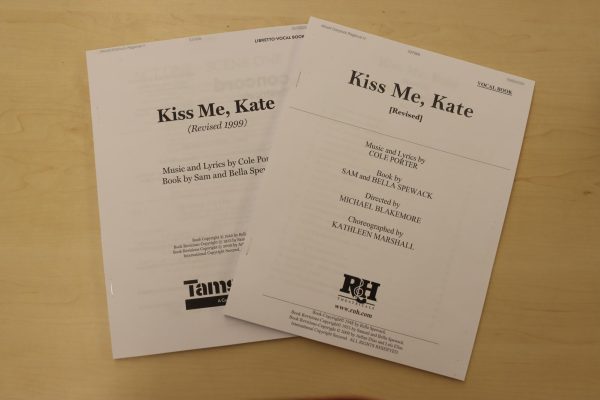Bird Box: Not Worth the Watch

Photo courtesy of Photo from IMBD
Perhaps everyone wearing blindfolds had the right idea. Because Bird Box, despite its popularity, is not worth the trouble of seeing.
Bird Box, a Netflix original film that premiered on the Friday before Christmas, has been gaining momentum as a popular watch, with almost 45 million users tuning in to watch it between now and when it was released. I was one of them. And I did not enjoy it.
The story follows a woman named Malorie (Sandra Bullock), who has somehow managed to survive the “End of Days.” The apocalypse in this movie, however, is not made up of zombies, or natural disasters. The appearance of a seemingly invisible entity is what drives humans to suicide. They can avoid this fate if they shield their eyes from the creature.
Malorie’s life is shown at two stages: directly after the disaster and five years down the road. The two intertwine through flashbacks. Throughout her journey, she meets other survivors, deals with the trauma of loss, and attempts to move her two children to safety.
While Malorie and her leading man Tom (Trevante Rhodes) are compelling characters, the survivors that don’t end up making it are losses that are never truly felt. We don’t get to really know them, so their deaths, sacrifices, and tragic ends are only minor occurrences. The dialogue is mediocre at best–it’s saturated with swears in certain scenes, almost to a point where you can imagine the writers gleefully exclaiming at the leeway that is not afforded by cable TV. Mental illness is cast in a bad light – those who are mentally ill are somehow immune to the monster because apparently, all mentally ill people have the seen the worst parts of life. The symbols fall short – birds are such an easy target, so to speak. They represent freedom. They represent rising above. And the message of the whole thing is so obviously a symbol for the struggles of unwilling mothers that it practically tells us at the beginning of the movie: “it’s [loneliness is] really about people’s inability to connect” says Malorie. But out of all the offenses, the worst part is that it’s not even that scary. I almost had to stop watching at one point, not because I was terrified, but because I could not take another through-the-blindfold POV shot.
It’s impossible not to compare it to A Quiet Place, a movie that was released earlier this year with a similar premise. The monsters in the movie are attracted by noise, which makes for a far more tense experience, and you can actually see what they look like. While both movies arrive at a similar conclusion–those with traditional disabilities are actually at an advantage–A Quiet Place does so without traditional tropes.
The characters in both movies seem to reflect the overall outcome of the stories’ quality. The family in A Quiet Place finds clever ways to survive in their world, while those in Bird Box seem to fumble aimlessly. With a premise so interesting, it’s a shame that it was blinded by convention.









